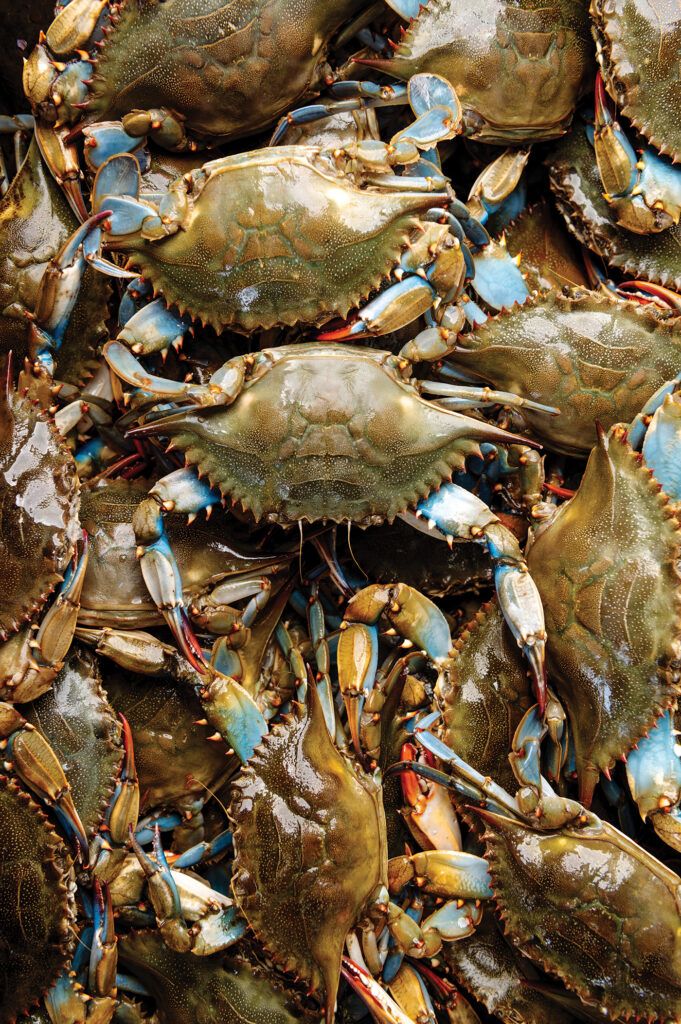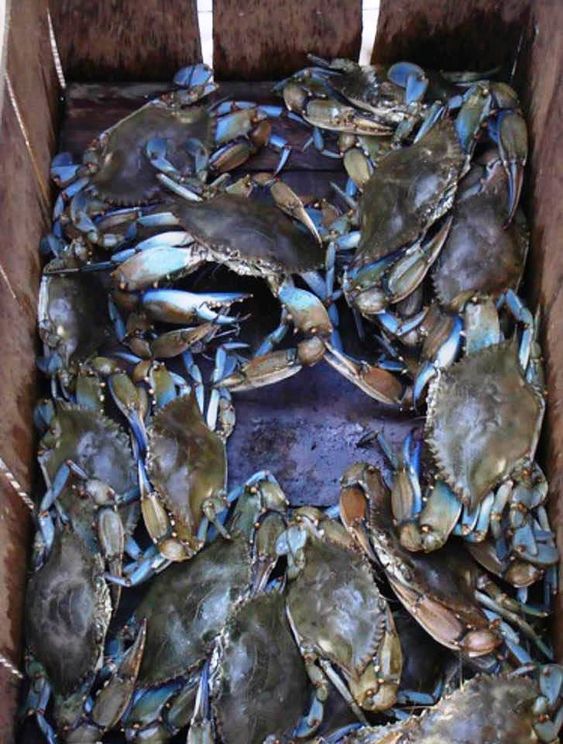The Realm of the Big Crabs: Unveiling the Titans of the Crustacean World
Big Crabs, with their scuttling gait and pincer-wielding prowess, are fascinating creatures that have captivated humanity for centuries. But within this diverse group lurk some real titans, colossal crustaceans that push the boundaries of size in the animal kingdom. These are the big crabs, and their world is one of deep-sea oddities, formidable strength, and remarkable adaptations.
This article delves into the realm of the biggest crabs, exploring the contenders for the title and their unique characteristics. We’ll uncover the secrets of their size, their ecological roles, and the challenges they face in a world increasingly impacted by human activity.
Contents
The Undisputed King: The Japanese Spider Crab
When it comes to sheer size, the undisputed champion is the Japanese spider crab (Macrocheira kaempferi). This behemoth boasts the largest leg span of any arthropod, a staggering 3.7 meters (12.1 feet) from claw tip to claw tip. Its body, though impressive, is dwarfed by its legs, reaching a carapace width of around 40 centimeters (16 inches). Despite its monstrous size, the Japanese spider crab is a gentle giant, scavenging the ocean floor for food scraps and posing no threat to humans.
These crabs inhabit the deep waters around Japan, typically at depths of 200 to 1,500 meters (650 to 4,900 feet). Their long legs allow them to navigate the uneven terrain of the seabed, while their powerful claws can crack open clams, sea urchins, and other hard-shelled prey.
The Japanese spider crab’s remarkable size is attributed to a process called molting. As they grow, they shed their exoskeletons periodically, allowing for increased growth during the vulnerable molting stage. However, this giant size comes at a cost. Mating and reproduction become more challenging, and these crabs can take up to 20 years to reach maturity.
The Island Giants: Tasmanian Giant Crab and Coconut Crab
While the Japanese spider crab reigns supreme in leg span, contenders for the title of heaviest crab exist. One such contender is the Tasmanian giant crab (Tasmanicarca lindsayi). This deep-sea dweller, found off the coast of Tasmania, Australia, can weigh a hefty 15 kilograms (33 pounds). Though not as visually dramatic as the spider crab, the Tasmanian giant crab boasts a thick carapace and powerful claws, well-suited for its deep-sea environment.
Another heavyweight contender is the coconut crab (Birgus latro). Unlike the previous two giants, the coconut crab is a land crab, inhabiting tropical islands in the Indian and Pacific Oceans. These hefty crustaceans can reach weights of up to 9 kilograms (20 pounds), making them the largest land-dwelling invertebrates on Earth. True to their name, coconut crabs are known for their impressive strength, capable of cracking open coconuts with their powerful claws. Their diet also includes fruits, seeds, and carrion.
Beyond Size: The Alaskan King Crab and Other Notable Crabs
While size is a fascinating aspect of these giants, the world of big crabs offers a diverse range of contenders. The iconic Alaskan king crab (Paralithodes camtschaticus), prized for its delicious meat, boasts an impressive leg span of up to 1.8 meters (6 feet) and a weight of around 10 kilograms (22 pounds). These crabs play a crucial role in the Alaskan ecosystem and support a significant commercial fishery.
Other notable big crabs include the giant mud crab (Scylla serrata), found in Southeast Asia and known for its aggressive nature, and the red rock crab (Cancer productus), a commercially important species found along the west coast of North America.
The Ecology of Big Crabs: Masters of Their Domains
These colossal crustaceans play vital roles in their respective ecosystems. As scavengers and predators, they help maintain the balance of the marine and terrestrial food webs they inhabit. The Japanese spider crab and the Tasmanian giant crab, for example, consume dead and decaying organisms on the deep-sea floor, promoting nutrient cycling.
The coconut crab, with its unique ability to crack open coconuts, helps disperse these fruits throughout tropical islands, facilitating plant growth and regeneration. Big crabs also provide a crucial food source for other animals, such as fish, octopuses, and even some marine mammals.
Threats to the Big Crabs: A Call for Conservation
Despite their size and strength, big crabs face several threats. Habitat destruction, particularly due to bottom trawling in the case of deep-sea crabs, disrupts their delicate ecosystems and reduces their food sources. Overfishing, driven by the commercial demand for species like the Alaskan king crab, can lead to population decline if not managed sustainably.






